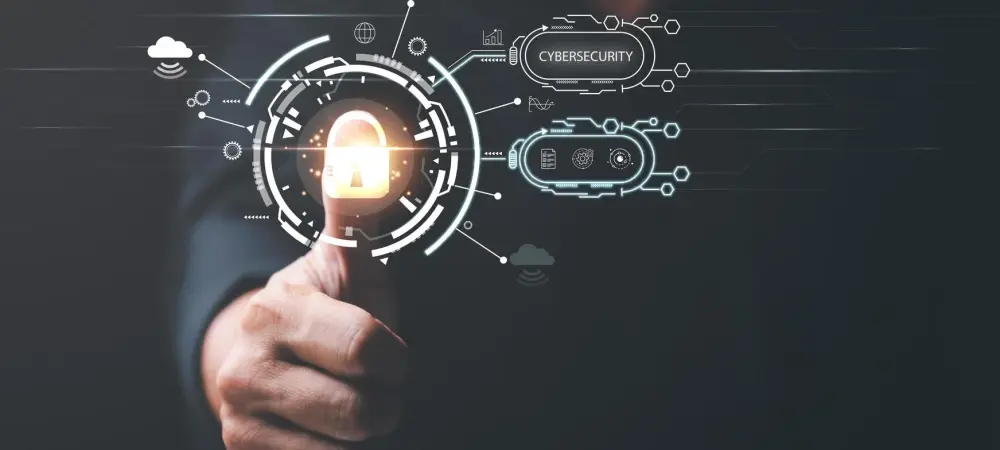The emergence of a severe vulnerability in Zimbra’s Classic Web Client has exposed organizations to unprecedented security threats, necessitating immediate attention and action. Identified as CVE-2025-27915, this flaw enables attackers to execute arbitrary JavaScript, allowing harmful scripts to persist within the server environment and activate without user interaction upon accessing compromised content. Unlike traditional reflected XSS attacks, which require some user engagement, this stored XSS vulnerability compromises security with merely server-side actions, heightening risk factors and expanding attack vectors in a way that profoundly affects data integrity and control within the client-side environment. Organizations using affected Zimbra versions are urged to implement prompt patching measures to prevent catastrophic data breaches and unauthorized actions.
Security Vulnerability and Its Implications
The Nature of the XSS Flaw
The CVE-2025-27915 vulnerability emanates from inadequate input sanitization processes within Zimbra’s Classic Web Client interface, allowing attackers to circumvent security measures and embed malicious scripts within the server. This oversight in sanitization lets potentially hostile elements infiltrate communication streams, enabling the theft of session cookies, credential harvesting, unauthorized email manipulation, and various illicit actions. Moreover, the flaw’s capacity to retain scripts that execute automatically when users access compromised data increases the attack’s potency, offering attackers extensive control over client-side interactions.
Risks and Potential Exploits
The repercussions of this vulnerability are considerably grave, with the potential to cause wide-reaching issues, including exposure to phishing attacks and data exfiltration. Infiltrating scripts can seamlessly perform functions such as manipulating session states and executing unauthorized transactions, risking the integrity of sensitive data and operational security. Also concerning is the vulnerability’s potential impact on trust and compliance within organizations, as unauthorized access or data breaches threaten proprietary information and user privacy. These implications heighten the urgency for organizations to reinforce security measures, ensuring robust input validation processes are reinstated to mitigate risks.
Zimbra’s Response and Patch Implementation
Released Patches and Their Effectiveness
In response to the identified vulnerability, Zimbra has deployed patches targeting versions 9.0.0 Patch 46, 10.0.15, and 10.1.9, incorporating stringent input validation and expanded content security policies. These patches aim to enhance input sanitization and output encoding processes substantially, neutralizing the capability of dangerous script elements to infiltrate the server environment. Moreover, updates are made to server configurations, servlet filters, and JavaScript libraries, aiming for comprehensive fortification against exploitation attempts and ensuring environments remain secure from unauthorized actions.
Steps for Zimbra Administrators
Administrators responsible for Zimbra infrastructure must act swiftly to integrate these patches within their systems. The immediate patching process not only prevents prospective attacks but also reassures users of the system’s resilience and security capabilities. Establishing rigorous protocols for patch application and continuous monitoring of web client interactions is crucial. These steps are vital in preserving the integrity of interactions and ensuring compliance with evolving security standards. Additionally, investing in ongoing training and awareness for end-users plays a significant role in reinforcing organizational security culture, averting risks through prudent digital practices.
Path Forward for Organizations Facing XSS Threats
Emphasizing Security Reinforcement
Organizations should consider the enhanced security measures crucial for maintaining operational integrity, leveraging Zimbra’s patches as immediate relief and embarking on systematic infrastructure reviews. Regular audits of security frameworks help identify deficits, enabling proactive adjustments and the deployment of advanced security protocols. Taking a comprehensive approach, such reviews should assess input sanitization efficacy, protecting against persistent script threats, and reducing susceptibility to similar vulnerabilities in the future. Guaranteeing fortified defenses entails adopting cross-generational security tools and methodologies that adapt to emerging digital threats, fostering an environment that prioritizes vigilance and proactive responses.
Long-term Strategies for Cyber Resilience
The CVE-2025-27915 vulnerability stems from insufficient input sanitization within Zimbra’s Classic Web Client, enabling attackers to bypass security protocols and insert harmful scripts into the server. This lapse in sanitization allows malicious elements to penetrate communication channels, resulting in the theft of session cookies, unauthorized access to credentials, manipulation of emails, and various illegal activities. The vulnerability is particularly dangerous because scripts can automatically execute when users access compromised data, amplifying the threat. This flaw provides attackers with significant power over client-side actions, granting them the ability to manipulate interactions and maintaining control over user sessions. The ongoing capability of retaining unsanitized scripts heightens the risk, making it a pressing security concern for entities relying on Zimbra’s web client interface. Addressing this issue urgently is crucial to safeguarding digital communications and maintaining data integrity.

